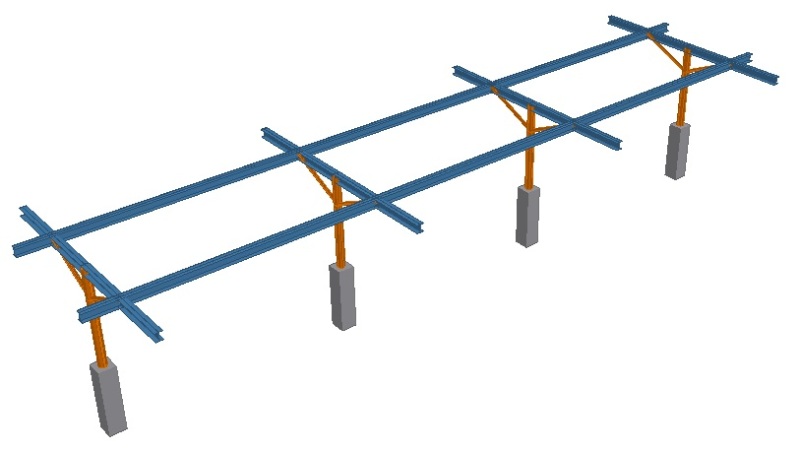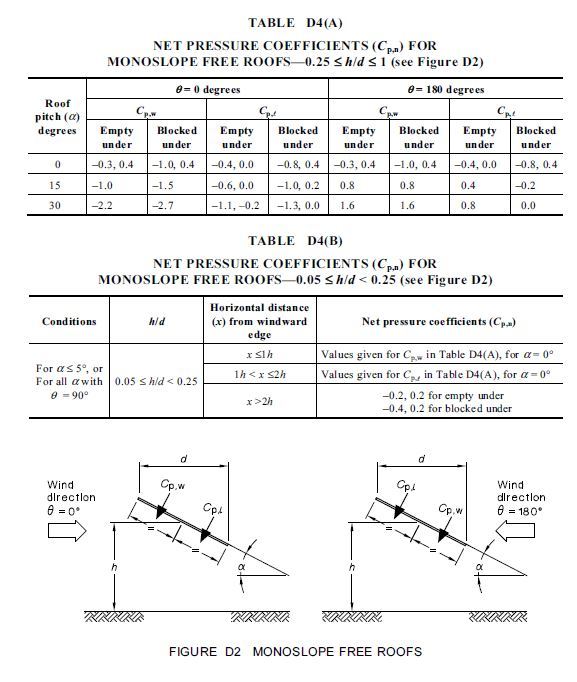eerrbb
Civil/Environmental
- Nov 10, 2016
- 1


Good day everyone!
I am a newly grad.. Can you help me on the Wind Design Calculation of flat roof carpark?
I will design a carpark with flat roof and no enclosing walls.. supported by circular hollow steel section columns.

